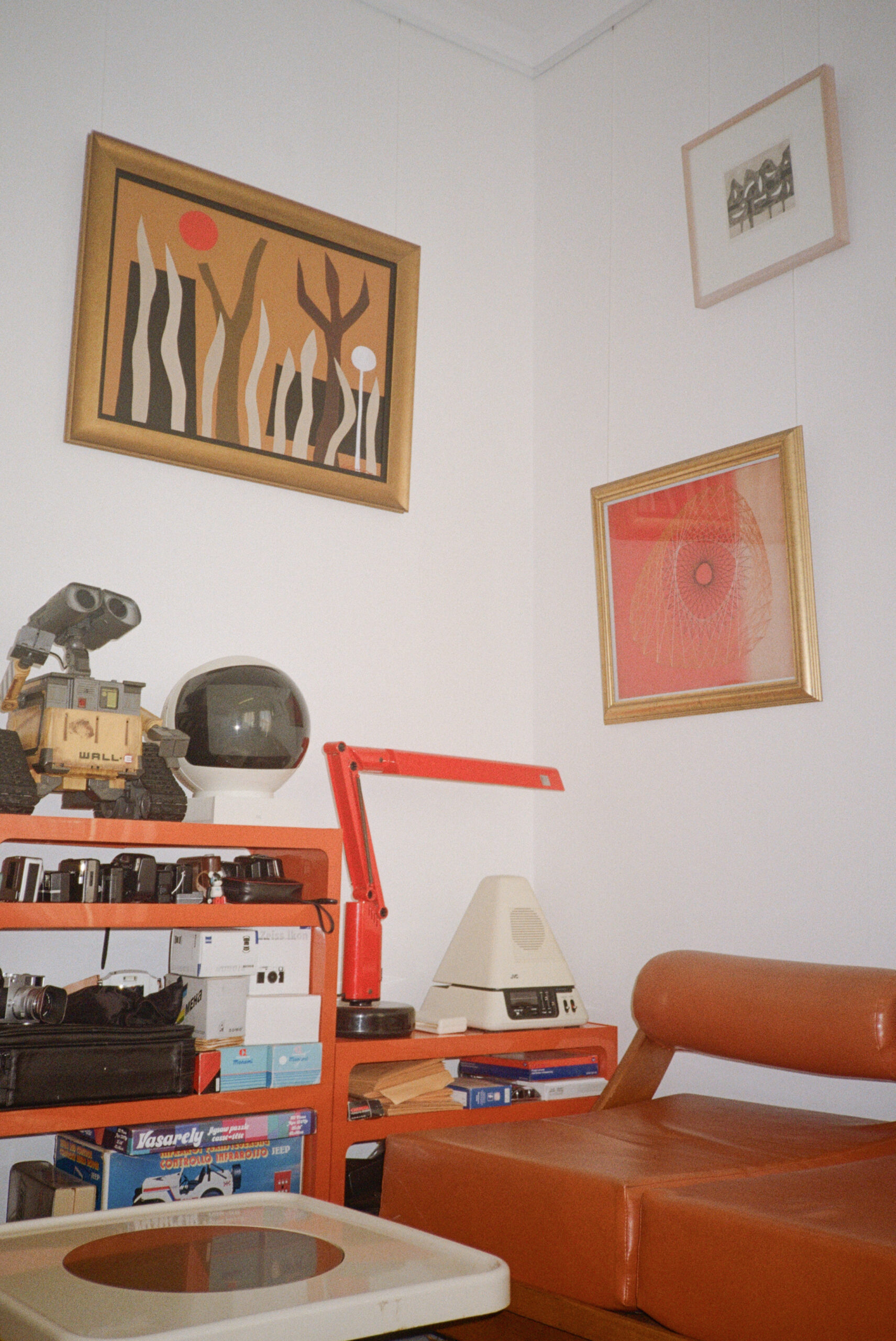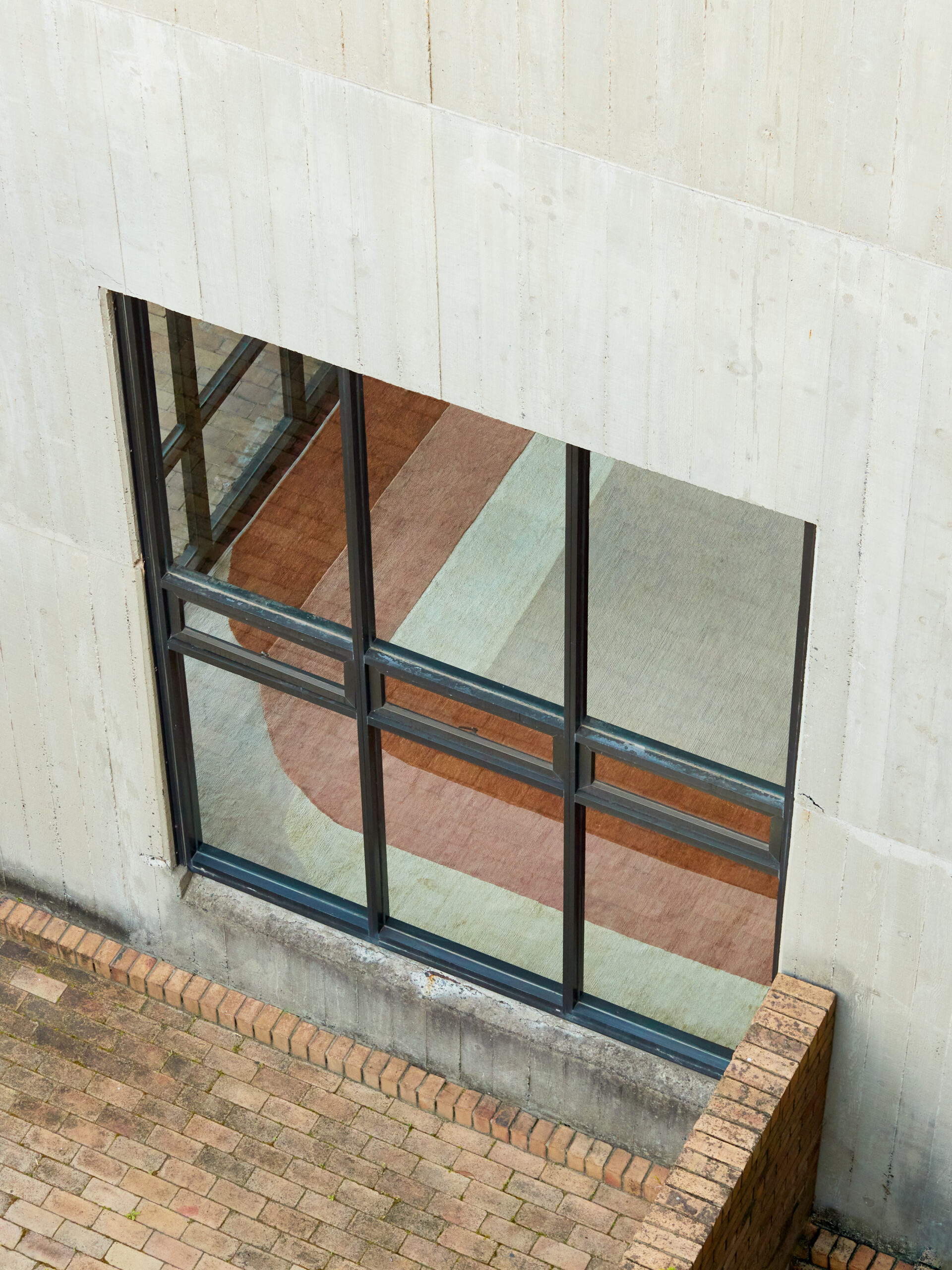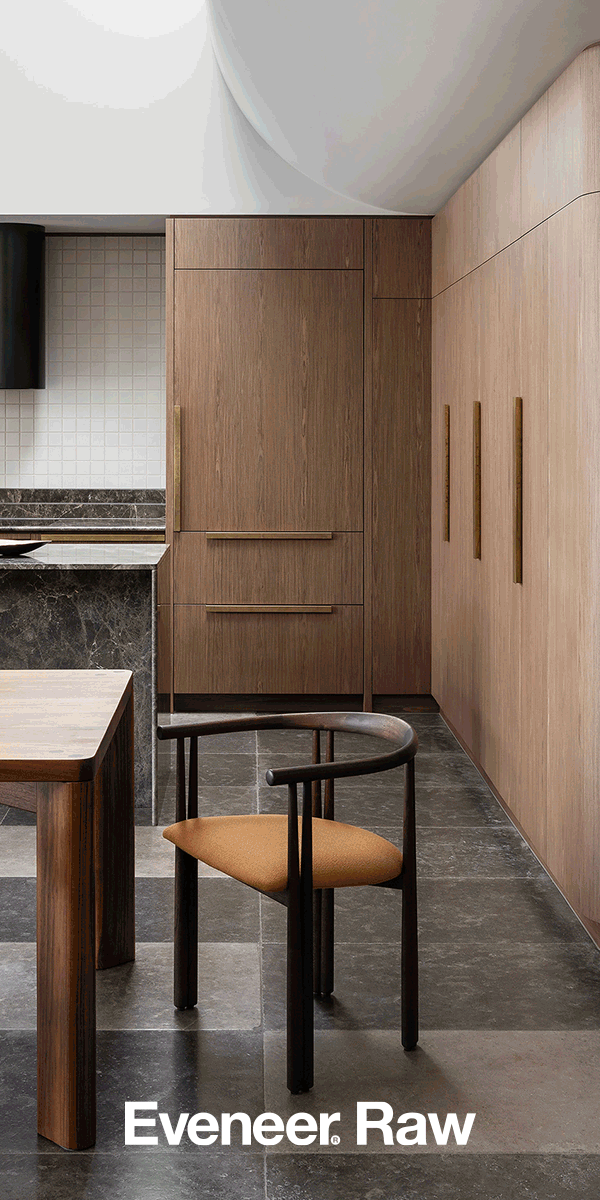The modest dimensions of Lee House belie the care with which architect Angelo Candalepas approached its design. With thoughtful nods to the...
Studio Shand
Founder Benjamin Jay Shand has broadened his eponymous architecture studio to focus his endless energy on tableware, carpets, sculpture and furniture in addition to fine works of residential, multi-residential and commercial architecture.
Essay
Marcus Lloyd-Jones
Photography
Eliza Gosse, Darren Luk, Traianos Pakioufakis, Benjamin Jay Shand, Claudia Smith

Benjamin Shand isn’t afraid to span. He doesn’t hesitate to integrate disciplines or experiment with materials. He doesn’t wait to explore the bounds of form or reinvigorate objects that have become moored in place. On the surface his work could seem a little frivolous, but when the mechanics and engineering of his plans, art and objects become known a sense of gravitas is felt. Each project manifests delicacy and respect. Like his practice, Shand’s studio is refined, with balsa wood models on display and square trays displaying key materials, textures and colour swatches, the meticulous palettes for the design of houses, furniture, sculpture and objects.
I first became aware of Benjamin Shand in 2021 when he designed SUPERGRAPHICS, a collection of California Modernism–inspired rugs for Cadrys. The location of the photoshoot was most intriguing – it was in Sydney’s Sirius, the much-maligned Brutalist public housing apartment complex, months after the tenants had been controversially removed and weeks before the developers had come in to ‘reimagine’ the building. The photos expressed a hope for the building, a final recognition of the original power of its form. After first meeting Shand, this gesture seemed all the more optimistic. It signified his instructive way of thinking and adoration for history and connection through design.
That connection can be similarly found in his studies for Array, the abstract sculpture series that was first exhibited in the 2017 Venice Biennale. Throughout the series, he experiments with the dexterity of materials, the balance of light and the junctions between them, informing the scales and typologies he investigates. Or in Table Service, a collection of tableware that elevates the ubiquitous materials of acrylic and plastic composites. Adopting “a million processes,” Shand created a suite of 1960s-inspired pieces that sees a napkin ring transform into a chopstick stand and tangram-like coasters become a game to play.
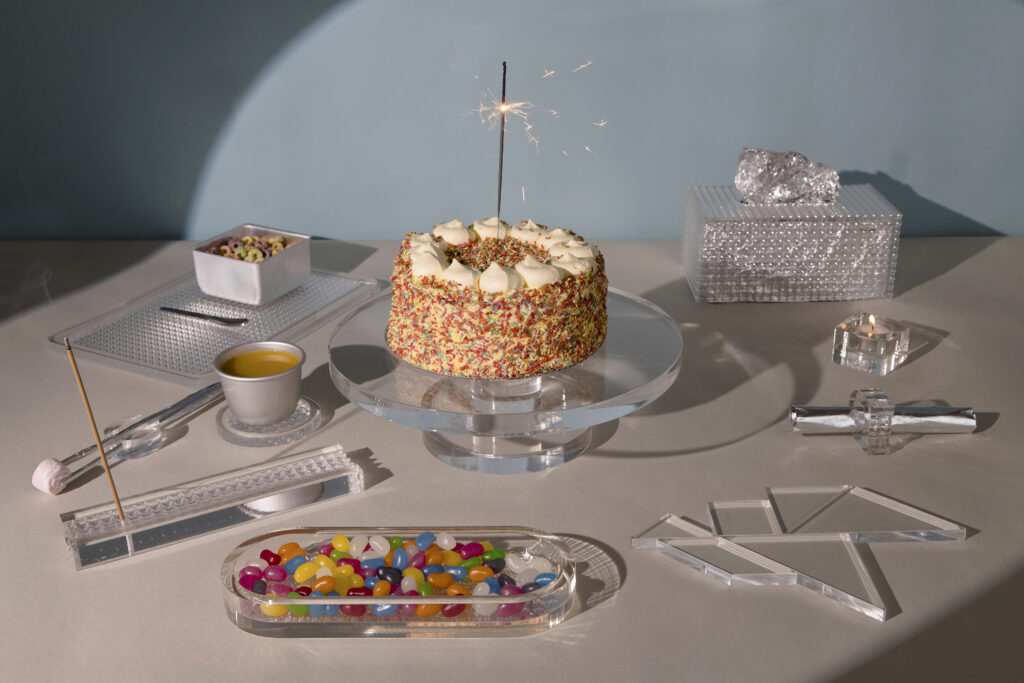
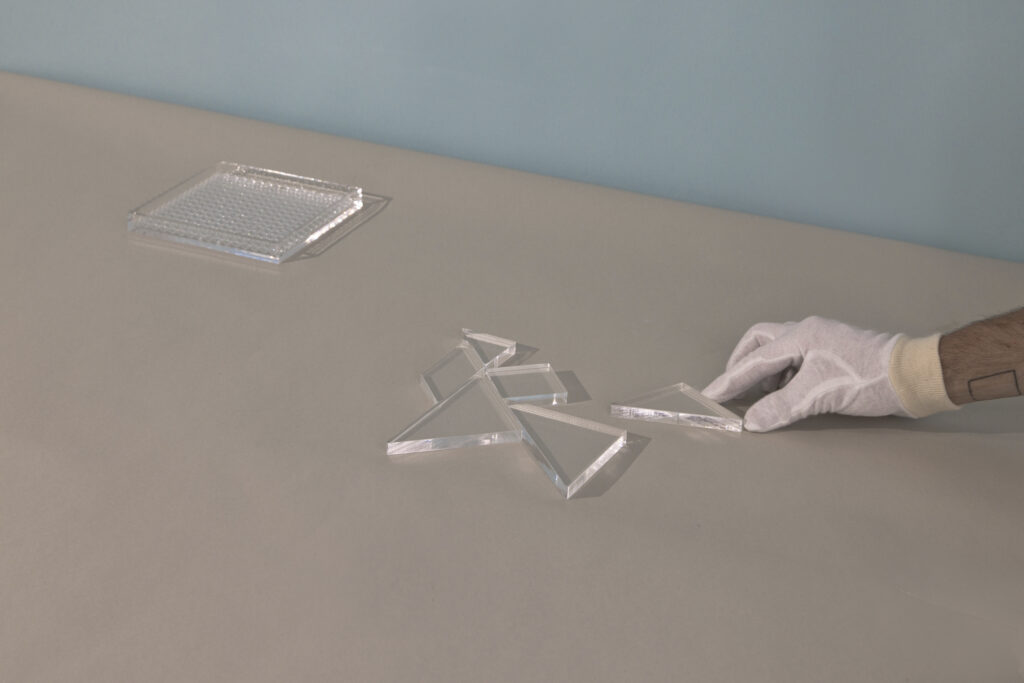
This sense of connection-through-design is also felt in the joy Shand finds in pure craftsmanship – that link between the physical, the cerebral, the material, the method. As a 15-year-old schoolboy, he recalls first experiencing this drive to create in a design and technology class while meticulously working on his woodwork project, determined to make the interior of the veneered chipboard speaker boxes as exquisite as the exterior. He describes the pleasure of the process as “deeply profound.” The studio’s drawings demonstrate this same exceptional level of detail, precisely illustrating the desired connections between various objects. “It’s magic to me,” Shand explains, when materials, 2mm on edge, are mitred. It is “high art.”
Sitting in his studio, we discuss a family company that’s been making pebblecrete for generations. “They make beautiful mixes of stone designed for civic applications – when you go to their offices, you see the framed photos of properties they worked on in the 1960s or 1970s Blu-Tacked to their walls. I just love that.” We delve into the realm of houses, with a particular focus on one architectural project – his most expansive endeavour to date. Located on Surry Hills’ Nobbs Street, it encompasses alteration and additions to a ten-terrace row, a process during which Shand spent a lot of time in the area “finding out what makes the rear of the site so special.” It abuts onto one of the inner city’s newest parks, Wimbo Park, situated adjacent to the new light rail. This location presented an opportunity to establish an entirely new streetscape incorporating the rear of the Victorian terraces into public space – a connection that was previously non-existent.
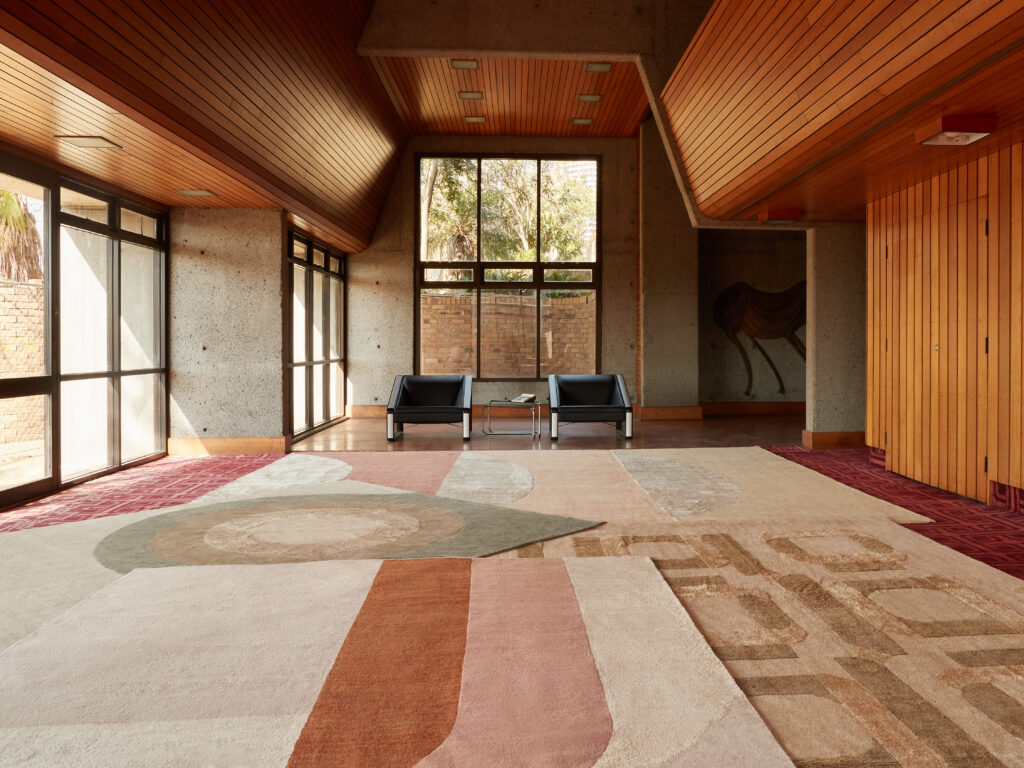
We also reminisce on his heroes, who are often “designers, artists, graphic designers over architects.” We talk of his love for working with people, and of the weekly office meeting in which Shand and his colleagues present a project they love – a design project, a piece of choreography, architecture or the design of a fashion runway. “We’ve had a hugely wide-ranging set of projects presented, and the idea is that we have to explain why we love them, not necessarily why we think they’re good.” It’s been a good exercise, he explains, and a great resource. At times like this, connection presents itself again, alongside an eager thirst for knowledge.
“We keep all of our project references in a file and often refer to them, not for analogous projects but because there might be a detail in the way a runway is designed that we can look at for a restaurant or a commercial project. We’re surrounded by things we love and are interested in, and this was a way to formalise a wide set of interests.” From a small project to a large architectural development, there’s the same design thinking, the same way of dealing with things, “the same love of those things.” When the pandemic struck, Shand shares, a friend remarked on the great advantage of having such a diverse range of projects. “That’s not by design – everything you see on the wall in front of you and behind you is done with love. And then to honour that love, there’s a lot of knowledge and design thinking.”
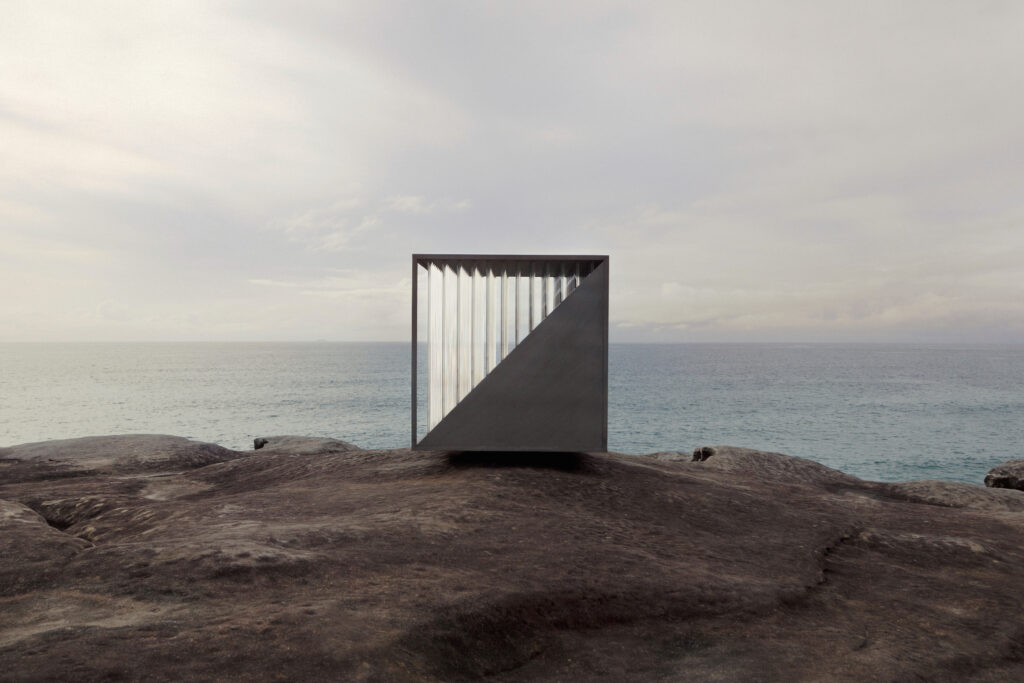
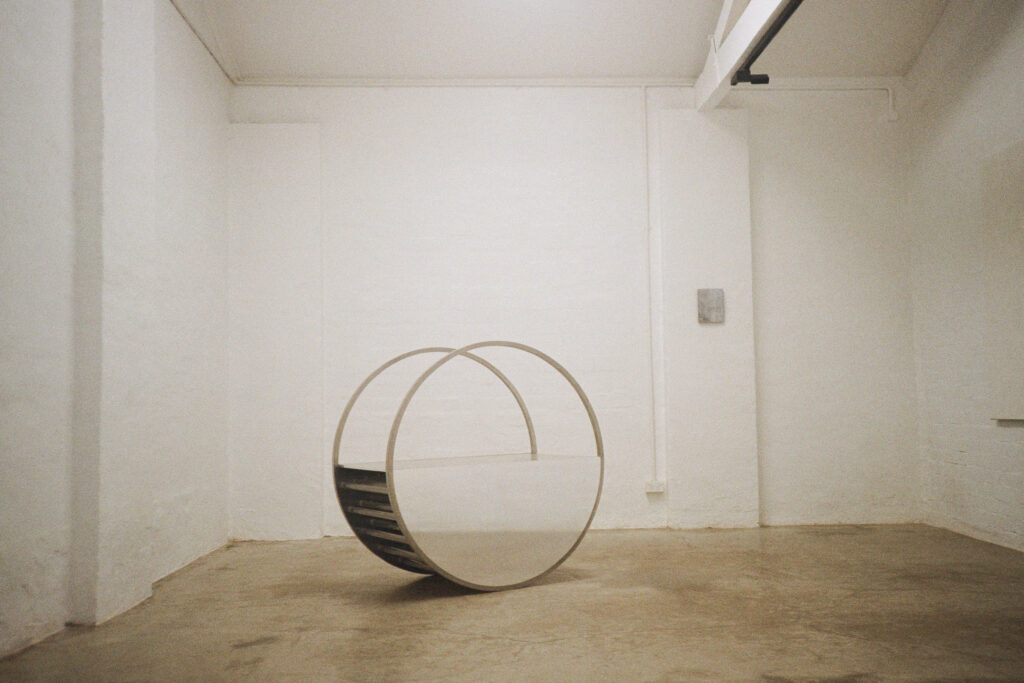
We talked of many things that afternoon – it was hard to keep track, to keep up. It was mentally stimulating and genuinely enjoyable. In fact, you don’t meet many folks who ‘think and do’ like Benjamin Shand. It’s easy to get quite conceptual once you step into his world –even now, ten days after I visited his studio, I’m still thinking about it.
